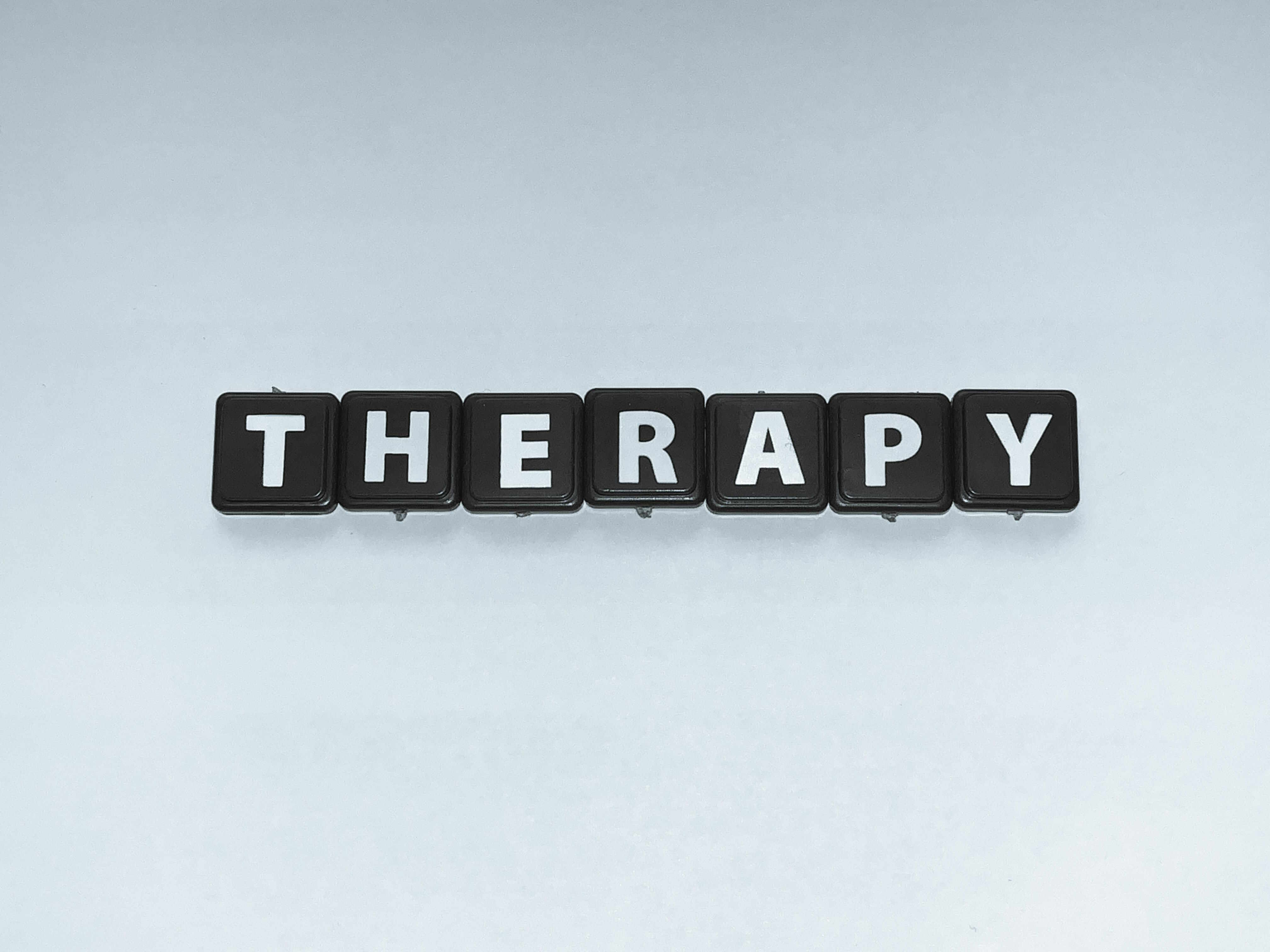Mental Health Resources and Affordable Care Options
Mental health affects how people think, feel, and interact with others across the lifespan. Understanding local resources, how therapy fits into healthcare, and options for affordable care can help individuals and families make informed choices when they need support. This article outlines common services, practical ways to find care in your area, and a pricing comparison of widely used options to give a realistic sense of cost and access. This article is for informational purposes only and should not be considered medical advice. Please consult a qualified healthcare professional for personalized guidance and treatment.

What is mental health and why it matters
Mental health refers to emotional, psychological, and social well-being; it shapes how people cope with stress, make choices, and relate to others. Good mental health is not just the absence of mental illness but also the presence of coping skills, social support, and access to appropriate care. Social determinants such as income, housing, and community support influence outcomes. Recognizing signs like persistent sadness, anxiety, changes in sleep or appetite, or difficulty functioning can prompt timely help-seeking with a primary care provider, a mental healthcare specialist, or community centers.
How to find affordable care in your area
Finding affordable care often starts with identifying local services that offer sliding-scale fees, public funding, or subsidized programs. Federally Qualified Health Centers (FQHCs), community mental health centers, and university training clinics commonly offer lower-cost appointments. Insurance coverage, including public plans, can significantly reduce out-of-pocket costs; many insurers now cover teletherapy and counseling. Search for “local services” such as community clinics or mental health task forces in your region, and ask providers whether they offer sliding scales, payment plans, or pro bono options.
How mental healthcare integrates with general healthcare
Integrating mental healthcare into general healthcare improves early identification and continuity of care. Primary care providers often screen for depression and anxiety and can refer patients to specialists or coordinate medication management. Integrated clinics combine behavioral health specialists with medical teams to address both physical and mental health in the same setting. This model can reduce barriers such as transportation and fragmented communication between clinicians, especially when electronic health records and coordinated care plans are used to track progress and adjust treatment.
What types of therapy are available and how to choose
Therapy comes in many forms—cognitive behavioral therapy (CBT), interpersonal therapy, dialectical behavior therapy (DBT), family therapy, and others—each targeting different needs and goals. Modalities can be individual, group-based, or delivered online. When choosing a therapist, consider specialization, licensure (e.g., psychologist, licensed clinical social worker), cultural fit, and treatment approach. Practical factors like session length, frequency, and whether the provider accepts your insurance or offers sliding-scale rates also influence accessibility. Initial consultations or intake calls can help determine if the therapeutic relationship feels like a good fit.
Can community centers support mental health needs?
Community centers often serve as accessible hubs for mental health support, offering group programs, peer support, workshops, and referrals to clinical services. Faith-based organizations, YMCAs, senior centers, and youth programs may host stress-management classes, parenting support groups, or peer-led recovery meetings. Community centers can reduce stigma by normalizing help-seeking in familiar settings and may partner with local healthcare entities to provide on-site screening or counseling. Their services vary by location, so checking local listings or contacting your municipality’s health department can reveal available options in your area.
If cost and affordability are priorities, here is a brief comparison of commonly used services and providers to illustrate typical pricing and access points. These entries show representative cost ranges and service types; actual availability and fees depend on location, insurance, and clinic policies.
| Product/Service | Provider | Cost Estimation |
|---|---|---|
| Reduced-fee individual therapy | Open Path Collective | $30–$60 per session (for qualified low-cost providers) |
| Online therapy subscription | BetterHelp | Approximately $240–$360 per month (varies by week and plan) |
| Online therapy (messaging/live) | Talkspace | Approximately $100–$300+ per week depending on plan |
| Community mental health services | Local Community Mental Health Centers (CMHCs) | Sliding scale or Medicaid; many offer low/no-cost care depending on eligibility |
| University training clinics | University counseling/training clinics | $20–$60 per session (by trainee clinicians supervised by faculty) |
Prices, rates, or cost estimates mentioned in this article are based on the latest available information but may change over time. Independent research is advised before making financial decisions.
Conclusion
Understanding mental health and the range of care options—from community centers and university clinics to online therapy and integrated healthcare—is important for finding the right support. Affordability can often be improved by exploring sliding-scale services, public clinics, or trainee programs, and by checking insurance coverage. When in doubt, reach out to trusted local services or a primary care provider to discuss next steps and referrals tailored to individual needs.






